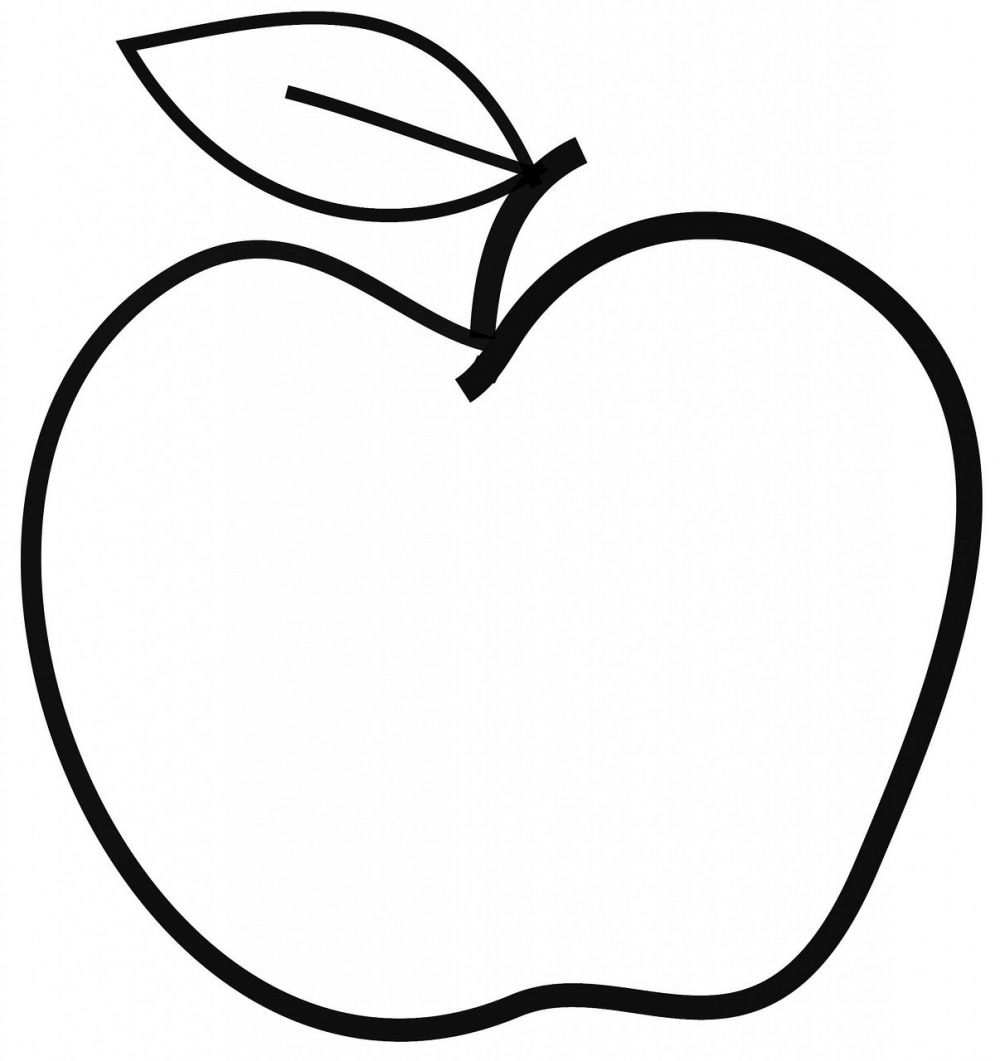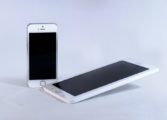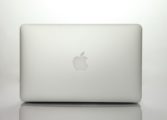Apple Adapter: A Comprehensive Guide for Apple Enthusiasts

Introduction:
[INTRODUCTION PARAGRAPH]

Overview of Apple Adapter:
Apple Adapter is an essential accessory for Apple users, providing seamless compatibility between different devices. It allows users to connect various peripherals to their Apple devices, enhancing their functionality and user experience. In this article, we will explore the different types of Apple adapters, their popularity, and the quantitative measurements related to their performance. Additionally, we will discuss the differences between various Apple adapters and delve into the historical evolution and advantages and disadvantages associated with them.
Types of Apple Adapters
1. Lightning to 3.5mm Headphone Adapter:
– This adapter enables users to connect their traditional headphones with a 3.5mm jack to the newer Apple devices that lack a headphone jack. It ensures uninterrupted audio experience for Apple users.
2. USB-C to USB Adapter:
– Found in newer Apple devices like MacBook Pro and iPad Pro, this adapter allows users to connect USB-A peripherals such as external hard drives, cameras, and printers to the USB-C ports. It provides convenience and compatibility for a wide range of devices.
3. Thunderbolt to Ethernet Adapter:
– Designed specifically for Apple MacBook users, this adapter grants access to a stable and reliable Ethernet connection. It is commonly used in situations where a reliable Wi-Fi connection is unavailable or unreliable.
4. HDMI Adapter:
– Apple’s HDMI adapter allows users to connect their devices to external displays or monitors that support HDMI. This popular adapter is extensively used for presentations, watching movies, or playing games, offering high-quality video output.
[ADDITIONAL TYPES OF APPLE ADAPTERS CAN BE ADDED]
Quantitative Measurements of Apple Adapter Performance:
When assessing the performance of Apple adapters, several quantitative aspects come into play. These include data transfer speed, charging capability, audio quality, video resolution, and compatibility with different operating systems and devices.
1. Data Transfer Speed:
– Apple adapters, such as the USB-C to USB adapter, offer high data transfer speeds, enabling quick and efficient file transfers between devices. With data transfer rates up to 5 Gbps, users can seamlessly transfer large files and back up their data.
2. Charging Capability:
– Some Apple adapters, like the Lightning to 3.5mm Headphone Adapter, have built-in DAC (Digital-to-Analog Converter) chips that support both audio and charging capabilities simultaneously. This feature ensures that users can enjoy their favorite music while keeping their devices charged.
3. Audio Quality:
– Apple adapters are known for their excellent sound quality. The Lightning to 3.5mm Headphone Adapter, for instance, maintains the integrity of audio signals, offering users an immersive listening experience.
4. Video Resolution:
– HDMI adapters by Apple support various resolutions, including Full HD (1080p) and even 4K Ultra HD. This allows users to enjoy high-definition content on external displays or TVs without compromising on the video quality.
[DIVE DEEPER INTO MORE QUANTITATIVE MEASUREMENTS IF REQUIRED]
Differences Between Apple Adapters:
Despite serving a similar purpose, Apple adapters differ in terms of their design, compatibility, and features. Some key differences include:
1. Design and Form factor:
– Apple adapters come in diverse forms, such as dongles, small connectors, or cables. Their design may vary depending on their functionality and the devices they are intended for.
2. Compatibility:
– Apple adapters have varying compatibility with different Apple devices. For example, the Lightning to 3.5mm Headphone Adapter is compatible with iPhones, iPads, and iPods, while the Thunderbolt to Ethernet Adapter is primarily designed for MacBook users.
3. Additional Features:
– Certain Apple adapters may offer additional features, such as HDMI adapters supporting audio output, Ethernet adapters with multiple ports, or USB-C adapters with pass-through charging.
Historical Overview of Apple Adapters:
Over the years, Apple adapters have evolved to cater to the changing needs of users. Here, we examine the historical timeline of Apple adapters, highlighting their strengths and weaknesses:
1. Early Adapters:
– Apple initially provided traditional audio adapters, allowing users to connect their headphones to Apple devices with 3.5mm jacks. However, this posed a challenge when Apple began removing the headphone jack in newer models, leading to the introduction of the Lightning to 3.5mm Headphone Adapter.
2. Transition to USB-C:
– With the introduction of USB-C ports, Apple shifted towards USB-C adapters, offering a wider range of connectivity options and faster data transfer speeds. This transition brought forth adapters like USB-C to USB, Thunderbolt to Ethernet, and HDMI adapters, expanding the possibilities for Apple users.
3. Advantages and Disadvantages:
– Apple adapters have benefitted users by providing seamless connectivity and compatibility. However, their reliance on adapters has also drawn criticism for the inconvenience it may cause, as users need to carry additional accessories. Additionally, the transition from traditional ports to adapters has sometimes resulted in users needing multiple adapters for different tasks.
[CONCLUSION PARAGRAPH]
In conclusion, Apple adapters are crucial accessories for Apple users, enabling them to connect various peripherals and expanding functionality. This comprehensive guide has provided an overview of Apple adapters, presented different types and their popularity, discussed quantitative measurements, highlighted differences between adapters, and explored their historical evolution. Understanding the strengths and weaknesses of Apple adapters empowers users to make informed decisions while enhancing their Apple device experience.
[CONCLUSION PARAGRAPH]
















































